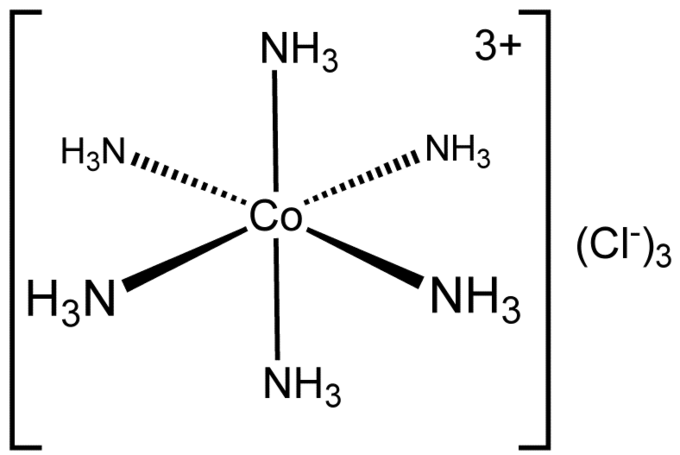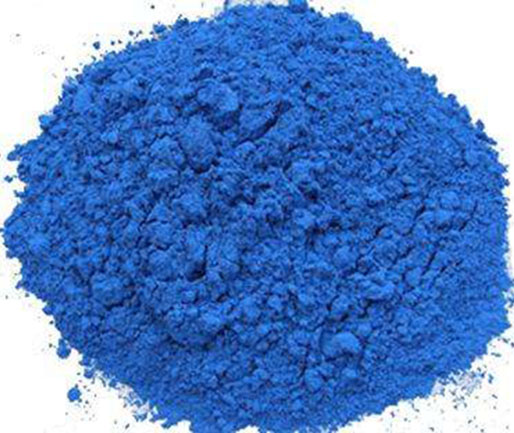

The cation (H/sub 2/O)/sub 5/CrO/sub 2//sup 2 +/ has a considerable lifetime in aqueous solution in the absence of Cr/sup 2 +/. Rare earth oxides have been halogenated and vapor transported using Al/sub 2/Cl/sub 6/ or Al/sub 2/Br/sub 6/. At 650/sup 0/K the volatility enhancement of Sm(II) has been estimated to be approx.10/sup 10/. For the reaction SmCl/sub 3/(s) + 3/2Al/sub 2/Cl/sub 6/(g). more » Thermodynamic considerations suggest that the SmAl/sub 3/Cl/sub 12/ is the predominant vapor species formed by the trivalent samarium. Spectrophotometric measurements have been used to investigate the partial pressures of the vapor complexes at different Al/sub 2/Cl/sub 6/ pressures. The spectra of the red-brown Sm/sup II/-Al-Cl gaseous complex(es) showed high-intensity, broad bands which are attributed to 4f. The spectra of the pale yellow Sm/sup III/-Al-Cl gaseous complex(es) were characteristic of the f. The electron absorption spectra of vapor-phase compounds formed by reacting SmCl/sub 3/(s) and SmCl/sub 2/(s) with gaseous Al/sub 2/Cl/sub 6/ have been measured at temperatures up to 800/sup 0/K and total pressures up to 13 atm. delta.H/sup double dagger/ = 7.8 +- 0.1 kcal mol/sup -1/. Line-shape analysis of the /sup 133/Cs resonance at various temperatures gave rate parameters for the decomplexation of the 1:1 complex as follows. The thermodynamic functions for the second step are: (.delta.G/sup 0//sub 2/)/sub 298/ more » = -2.58 +- 0.02 kcal mol/sup -1/. 10/sup 6/ at 298/sup 0/K) followed by the addition of a second ligand molecule to form a sandwich compound, Cs/sup +/(18C6)/sub 2/ (K/sub 2/ = 44 +- 2 at 298/sup 0/K). A study of the /sup 133/Cs chemical shift as a function of crown/Cs/sup +/ mole ratio showed that the complexation reaction occurs in two steps-formation of a stable 1:1 complex (K/sub 1/ approx. Chemical Demonstrations: A Handbook for Teachers ofĬhemistry Wisconsin 1983 Vol.=, number = ,Ĭesium-133 nuclear magnetic resonance was used as a probe of the interaction of Cs/sup +/ with the macrocyclic polyether 18-crown-6 (18C6) in pyridine solutions. Ealy Chemical Demonstrations: A Sourcebook for Teachers. Use caution working with acidic solutions. Add water, however, and the equilibrium will shift back towards the pink hydrated species. If the chloride or cobalt concentrations increase, the equilibrium will also shift towards the blue anhydrous cobalt chloride. Cooling will shift the products towards the hydrated complex, which is more pink. If heat is added, the equilibrium will shift towards the cobalt chloride complex, which is blue in color. 2+(aq) + 4 Cl- 2-(aq) + 6H 2OĪ change in temperature or concentration of the ions will shift the equilibrium. Observe the colors of the solutions after several minutes.Īlternatively you can use the heat gun to increase the temperature of the cobalt chloride solutions to shift the equilibrium.Īn equilibrium exists between a hydrated cobalt species and anhydrous cobalt chloride, both have an oxidation state of 2+. Place one of each tube in the ice bath.Ĥ.

Place one of each tube in the hot water.ģ. Hot plate is located in the top drawer opposite the chemical storage cabinets or on the center bench. ‡Test tubes with pre-prepared solutions and beakers are located in the solutions cabinet. ice water bath (get ice from Gen chem labs prior to class).

2 Pre-prepared test tubes with aqueous cobalt chloride (purple solutions)‡ in beaker.2 Pre-prepared test tubes with cobalt chloride and HCl (pink solutions)‡ in beaker.The tube placed in cold water will turn more pink. The tube placed in hot water will turn blue. Description: Test tubes containing a pink solution of cobalt and chloride ions are placed in hot water and cold water.


 0 kommentar(er)
0 kommentar(er)
